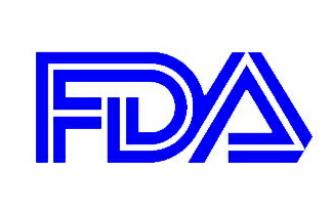 The Food and Drug Administration (FDA) has released its two year Plan for Program Priorities. It is designed to meet the issues of the globalization of the food supply chain, changing industry processes, and consumer preferences for fresh and minimally processed foods. The Center for Food Safety and Applied Nutrition (CFSAN) is implementing the plan.
The Food and Drug Administration (FDA) has released its two year Plan for Program Priorities. It is designed to meet the issues of the globalization of the food supply chain, changing industry processes, and consumer preferences for fresh and minimally processed foods. The Center for Food Safety and Applied Nutrition (CFSAN) is implementing the plan.
There are six program objectives detailed in the plan, taking into account new authorities established by the Food Safety Modernization Act (FSMA). The first goal is to reduce foodborne illness rates every year by publishing guidance for egg safety, manufacturing process changes, and record keeping for high-risk foods to facilitate traceback. Rules on infant formulas, guidance on arsenic in apple juice and other foods, and rules for “gluten free” foods will be finalized. Improving the safety and labeling of dietary supplements is also a priority.
The second goal will be to establish regulations, policies, guidances and inspection and compliance strategies based on best science, prevention, and public health risk. The agency will expand and promote standards for uniform Food Code adoption, and publish rules for third party auditor accreditation. They will also develop final preventive controls for food processing facilities, safely transporting food, intentional contamination, and prohibiting the use of cattle material to prevent BSE risk. A final Listeria risk assessment for meats, cheeses, and other ready-to-eat foods prepared in retail delis will be published, as well as a rule for Salmonella contamination in fresh cut tomatoes and peppers and assessment and surveillance of non-O157 STEC bacteria in high priority foods. Policy options for “energy drinks”, and detection of Salmonella in shell eggs are also being developed.
The third goal, to increase compliance with preventive control standards from farm to fork will include updated good agricultural practices guidance. Performance standards for specific hazards will be issued, and education materials for consumers about safe food handling practices will be developed.
For goal number four, CFSAN wants to see better nutrition and consumer dietary choices. Nutrition labeling, education about the 2010 Dietary Guidelines for Americans, and rules to update the nutrition label will help improve consumer understanding. Reducing sodium and trans fat consumption are other goals.
Goal number five is to develop and deploy the fastest and most effective methods for identifying, containing, and eliminating food hazards. Collecting, monitoring, sharing, and analyzing data with agencies at the federal, state, and international levels is a priority.
And finally, goal six is to achieve optimal use of staff and resources. Accountability, strong leadership, and sound decision making will help achieve this goal.




